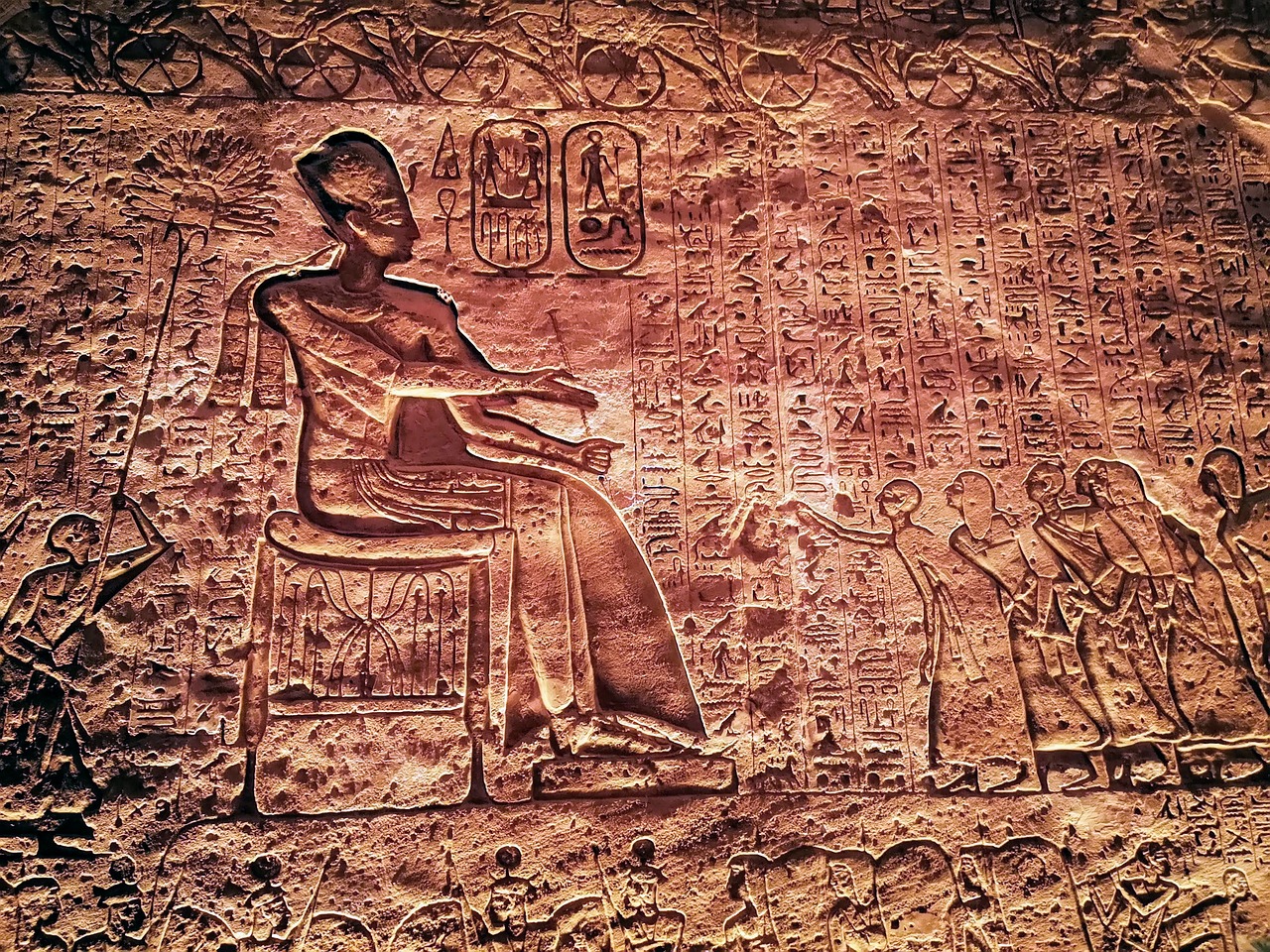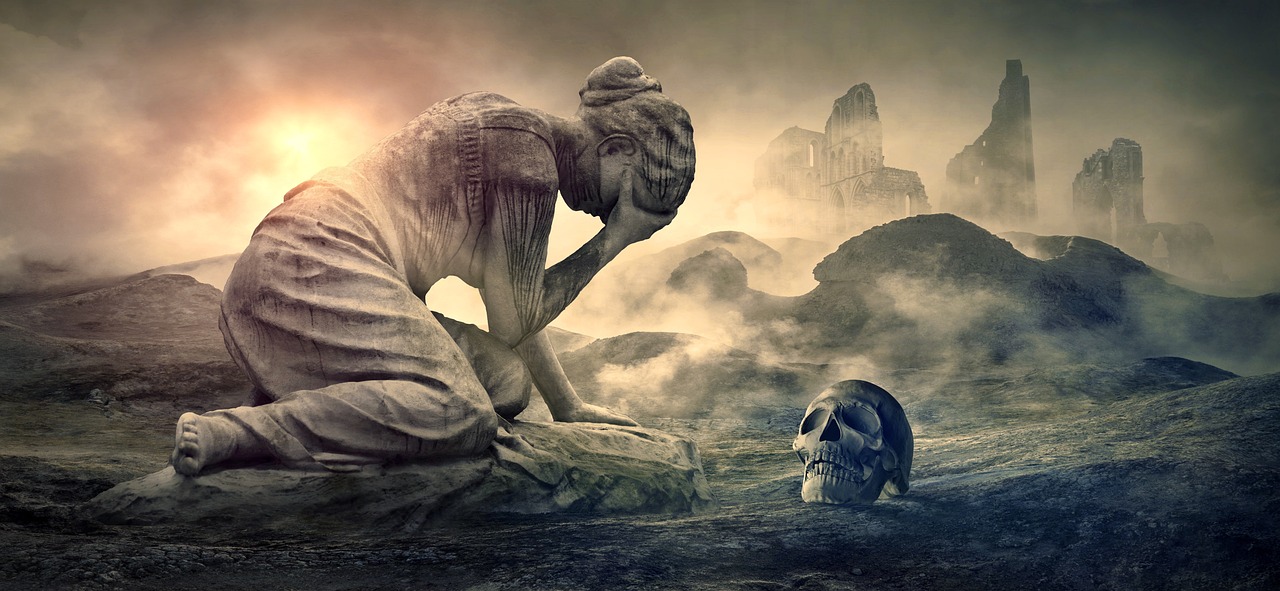Ancient artz has always been an integral part of human culture. The oldest known form of art, believed to be cave paintings, offers us a glimpse into the lives of our prehistoric ancestors. These paintings, along with other early art forms such as carved figurines, showcase the symbolic thinking, cultural practices, and connection with the environment that early humans possessed. This article will take you through some of the most ancient artz, from cave paintings to portable art objects, shedding light on how these creative expressions shaped early human civilizations.
What is Ancient Artz?
Ancient Artz refers to the earliest forms of creative expression by humans, dating back tens of thousands of years. These artistic endeavors were more than just aesthetic; they represented the social, cultural, and spiritual aspects of early human life. Through these early creations, humans found ways to communicate, document experiences, and express their symbolic thinking.
Cave Paintings: The First Artistic Expressions
Lascaux Cave Paintings (France)
The Lascaux cave paintings are some of the most famous prehistoric artworks, discovered in 1940 in southwestern France. Dating back around 17,000 years, these paintings depict a variety of animals such as bulls, horses, and deer. The detail and complexity of these works show an incredible understanding of movement and proportion.
Altamira Cave Paintings (Spain)
Another well-known site is the Altamira cave in Spain, where prehistoric paintings are thought to be around 36,000 years old. The vivid depictions of bison, horses, and other animals demonstrate the early humans’ connection with their environment and their ability to create symbolic representations of the world around them.
Symbolism in Cave Paintings
The recurring themes of animals and human figures in these cave paintings suggest that they held symbolic meanings. These paintings may have served as a way to record important events, tell stories, or even invoke spiritual or hunting rituals. They reflect early humans’ relationship with the natural world and their understanding of survival and community.
Portable Art Objects
The Venus of Willendorf
The Venus of Willendorf is one of the most famous ancient sculptures, dating back around 25,000 years. This small, carved figurine of a woman, with exaggerated features, is believed to symbolize fertility or motherhood. It was discovered in Austria and remains a significant example of prehistoric art’s focus on human figures.
Animal Carvings and Figurines
In addition to human representations, early humans also created carvings of animals, often made from bone, ivory, or stone. These carvings might have served as amulets, symbols of hunting success, or objects used in rituals. The attention to detail in these carvings highlights the importance of animals in the daily lives of prehistoric people.
Cultural Significance of Portable Art
Portable art objects, like the Venus of Willendorf and animal carvings, were not merely decorative. They likely played essential roles in the cultural and spiritual lives of prehistoric people, serving as symbols of fertility, protection, or even status within the community.
Materials and Techniques Used in Ancient Artz
Natural Pigments
One of the most striking aspects of ancient cave paintings is the use of natural pigments. Early humans sourced materials like charcoal, ochre, and hematite to create their paints. These pigments were applied using rudimentary tools such as brushes made from animal hair or even by blowing pigment through hollow bones.
Stone, Bone, and Ivory
The use of materials such as stone, bone, and ivory for creating carvings and figurines demonstrates early humans’ resourcefulness. They utilized the materials available in their environments, skillfully shaping them into objects that held cultural and symbolic importance.
Symbolism in Ancient Artz
Depictions of Animals and Nature
Animals are one of the most common subjects in prehistoric art, symbolizing the importance of hunting and survival. Depictions of wild animals like bison, horses, and deer were not merely visual representations but likely carried symbolic or spiritual significance.
Human Figures and Fertility Symbols
Human figures, particularly female figurines, were often associated with fertility and the continuation of life. These figures, such as the Venus of Willendorf, may have been used in fertility rituals or as representations of motherly protection and nurturing.
Religious and Ritualistic Significance
Much of Ancient Artz is believed to have had a ritualistic or religious function. From cave paintings to carved figurines, these works likely played a central role in the spiritual practices of early human communities.
Regional Variations in Prehistoric Art
European Prehistoric Art
Europe is home to some of the most famous examples of prehistoric art, such as the Lascaux and Altamira caves. The focus on animals and nature in these works reflects the lifestyles of early European humans, who depended heavily on hunting and gathering.
African Prehistoric Art
In Africa, the birthplace of humanity, prehistoric art has been found in regions such as southern Africa, where ancient rock paintings depict scenes of daily life, animals, and spiritual figures. These works offer a unique glimpse into the cultural practices of early humans on the African continent.
Asian Prehistoric Art
Asia also boasts significant prehistoric art, with rock paintings and carvings found in countries like India and China. These works often feature animals, human figures, and symbols associated with spiritual beliefs.
The Role of Art in Prehistoric Societies
Storytelling and Communication
Ancient Artz served as a powerful tool for storytelling and communication. In a time before written language, early humans used art to record important events, convey spiritual beliefs, and share knowledge across generations.
Art as a Tool for Survival
Beyond cultural expression, art also played a practical role in prehistoric societies. It may have been used in rituals intended to ensure hunting success or to strengthen the bonds within a community. Art was a way for early humans to connect with their environment and each other.
The Evolution of Ancient Artz Over Time
As human societies evolved, so did their art. What began as simple cave paintings and carvings grew into more complex forms of artistic expression, eventually leading to the development of writing, architecture, and organized religion. Ancient Artz laid the foundation for the rich and diverse cultures we see today.
Conclusion
Ancient Artz, whether in the form of cave paintings or carved figurines, provides us with invaluable insights into the lives of our prehistoric ancestors. These creative expressions reflect their connection with nature, their social structures, and their spiritual beliefs. As we continue to uncover and study these works, we gain a deeper understanding of human history and the enduring power of art as a form of communication and expression.
FAQs
- What is the oldest known form of art?
The oldest known form of art is cave painting, with some examples dating back around 40,000 years. - Where are the most famous prehistoric cave paintings located?
Some of the most famous cave paintings are located in Lascaux, France, and Altamira, Spain. - What materials were used in Ancient Artz?
Ancient Artz materials included natural pigments like ochre and charcoal, as well as stone, bone, and ivory for carvings. - What is the significance of the Venus of Willendorf?
The Venus of Willendorf is a famous prehistoric figurine believed to symbolize fertility and motherhood. - How did prehistoric humans create pigments for painting?
Prehistoric humans used natural substances like ochre, charcoal, and hematite to create pigments, which they applied using tools or by blowing the pigment onto surfaces.














Leave a Reply